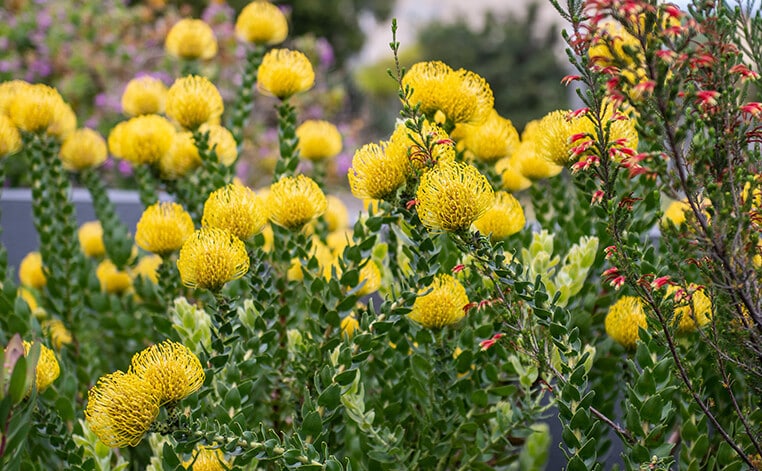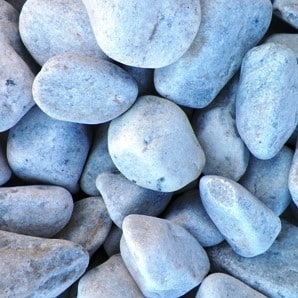Plant proteas this summer
Indigenous and fynbos

Filling your garden with indigenous plants is always a good idea. Not only are these plants best suited to the South African climate, they also help to promote biodiversity, reduce air pollution and save water.
If you’re planning on adding indigenous, waterwise plants to your garden this summer, consider planting proteas and pincushions (Leucospermums) – the heroes of our fynbos floral kingdom.
A wide range of hybrid varieties that work particularly well in South African gardens are available for purchase countrywide. They all fare well in poor, acidic soils and their magnificent blooms are a favourite among nectar-loving birds and insects.
If you prefer having a low-maintenance garden, proteas and pincushions are also an excellent choice – once established, they require little effort while rewarding you with beautiful blooms at different times of the year.
Tips for planting proteas and pincushions
- Plant proteas and pincushions where they’ll be exposed to lots of bright sunlight as well as wind and circulating air.
- Proteas prefer well-draining, nutrient-poor, sandy loam or open, acidic soil. Ask your garden expert to suggest a potting mix that’s suitable.
- If you’re using fertiliser, go the organic route (chemical fertilisers with a high phosphorous content can damage proteas and pincushions). Avoid fertilisers completely if you’re planting your fynbos in rich, fertile soils.
- Make sure your proteas and pincushions have enough room to grow. Plant them in holes about twice the size of the containers in which you’ve purchased them.
- Note that some varieties are better suited to containers than others. If you’re planting in pots, make sure they have plenty of drainage holes. Also consider lifting the pots off the ground to allow for sufficient drainage.
- Cover the roots with a coarse mulch. This will thwart weed growth, keep the soil moist and cool, and slowly fertilise the plants. Consider adding pine bark and pine needles to lower the pH of the soil.
- Water your proteas deeply every week, especially during the first two years after planting them. Once established, they’re drought-resistant.
- Never disturb the soil around your proteas and pincushions by digging, as this makes the roots susceptible to infection. When removing the plants from their containers, try not to disturb the roots.
- Prune your proteas in spring or summer – they’ll reward you with more, better-quality flowers and the plants will be healthier overall.
- Look out for protea hybrids such as Madiba (Protea cynaroides variety), Pink ice (Protea compacta x susannae), Red repens (Protea repens variety), and Sylvia (Protea eximia x susannae) – all of which produce spectacular blooms.
- Beautiful pincushion hybrids include Goldie (Leucospermum cuneiforme variety), High gold (Leucospermum cordifolium x L. patersonii) and Soleil (Leucospermum cordifolium x L. glabrum).
You might also like
Shop online
-
- Sale!
ADULT SML EUK 1KG
- Original price was: R127.99.R114.99Current price is: R114.99.
- Add to cart Learn More
-
PLASTIC POT GREEN 7.5CM – 38CM
- R9.99 – R149.99
- Select options This product has multiple variants. The options may be chosen on the product page Learn More
-
ORCHID SOIL 5L
- R159.99
- Add to cart Learn More




